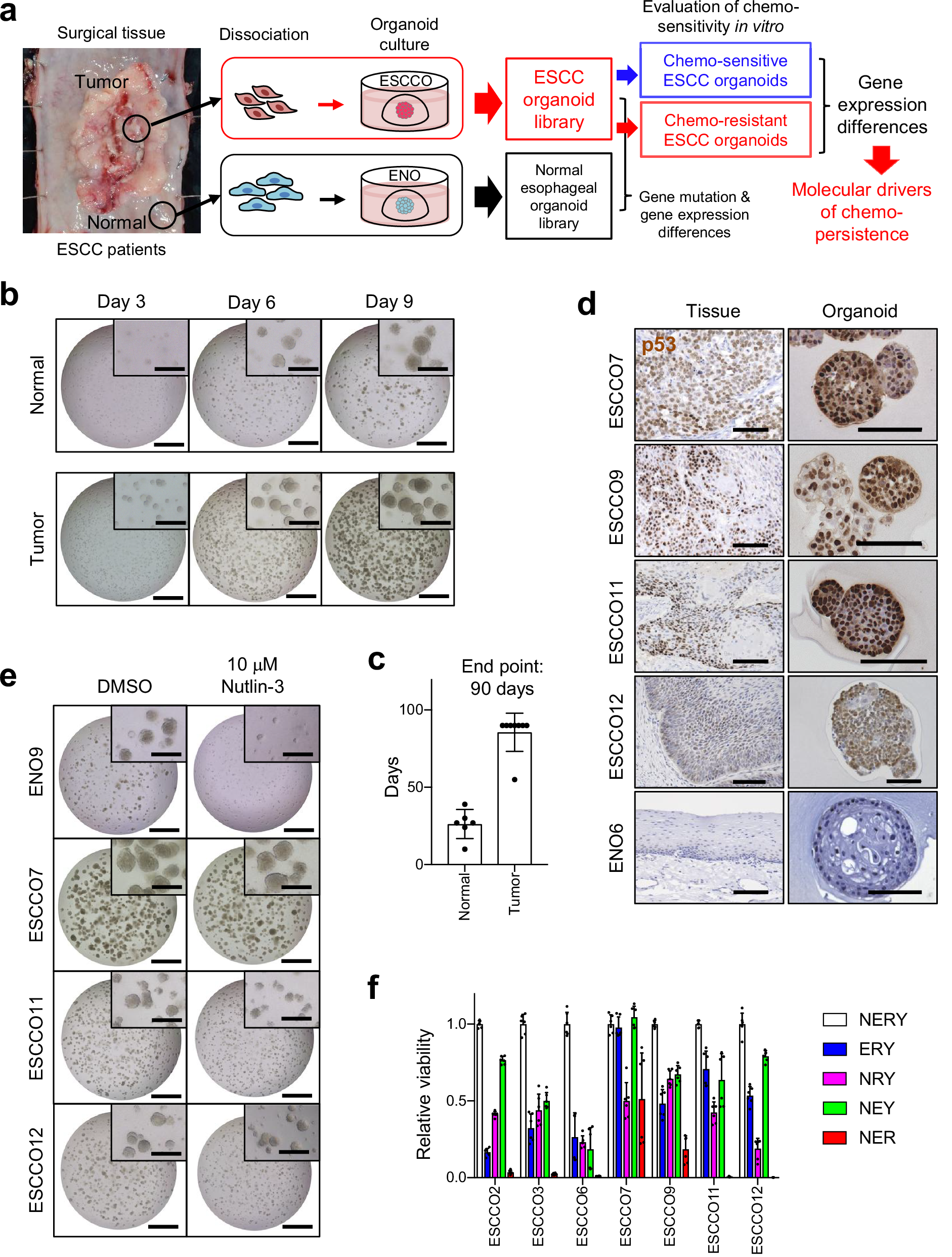2025-04-02 愛媛大学
<関連情報>
- https://www.ehime-u.ac.jp/data_relese/pr_20250402_pros/
- https://www.ehime-u.ac.jp/wp-content/uploads/2025/04/pr_20250402_pros.pdf
- https://pubs.acs.org/doi/10.1021/acssynbio.4c00696
モジュール式かつロバストな人工リボスイッチを有する真核人工細胞を用いた複数標的分子の室温同時検出 Simultaneous Detection of Multiple Analytes at Ambient Temperature Using Eukaryotic Artificial Cells with Modular and Robust Synthetic Riboswitches
Hajime Takahashi,Yuri Ikemoto,and Atsushi Ogawa
ACS Synthetic Biology Published: December 27, 2024
DOI:https://doi.org/10.1021/acssynbio.4c00696
Abstract

Cell-free systems, which can express an easily detectable output (protein) with a DNA or mRNA template, are promising as foundations of biosensors devoid of cellular constraints. Moreover, by encasing them in membranes such as natural cells to create artificial cells, these systems can avoid the adverse effects of environmental inhibitory molecules. However, the bacterial systems generally used for this purpose do not function well at ambient temperatures. We here encapsulated a eukaryotic cell-free system consisting of wheat germ extract (WGE) and a DNA template encoding an analyte-responsive regulatory RNA (called a riboswitch) into giant unilamellar vesicles (GUVs) to create eukaryotic artificial cell-based sensors that function well at ambient temperature. First, we improved our previously reported eukaryotic synthetic riboswitches and WGE for use in GUVs by chimerizing two internal ribosome entry sites and optimizing magnesium concentrations, respectively, both of which increased the expression efficiency in GUVs several fold. Then, a DNA template encoding one of these riboswitches followed by a reporter protein was encapsulated with the optimized GUV-friendly WGE. Importantly, our previously established versatile method allowed for the rational design of highly efficient eukaryotic riboswitches that are responsive to a user-defined analyte. In fact, we utilized this method to successfully create three types of artificial cells, each of which responded to a specific, membrane-permeable analyte with wide-range, analyte-dose dependency and high sensitivity at ambient temperature. Finally, due to their orthogonality and robustness, we were able to mix a cocktail of these artificial cells to achieve simultaneous detection of the three analytes without significant barriers.


